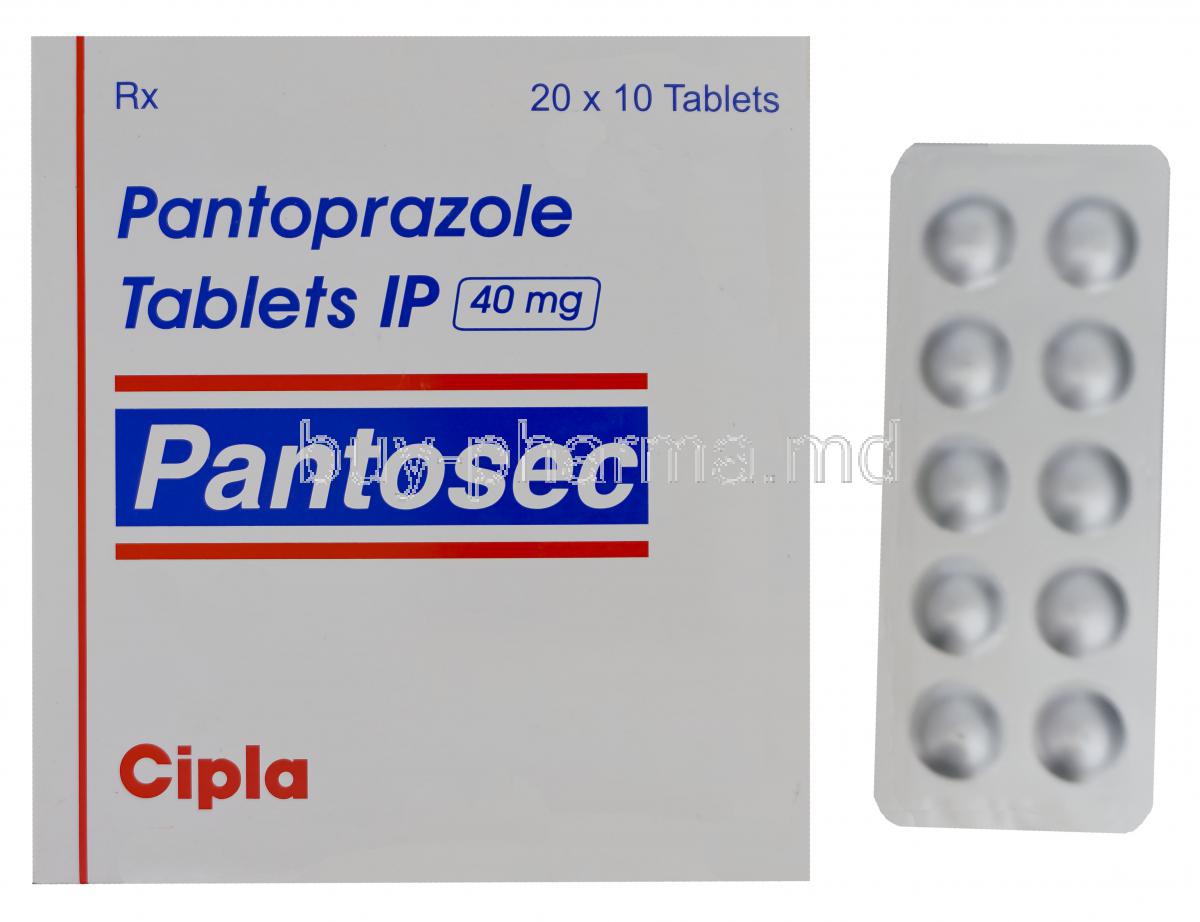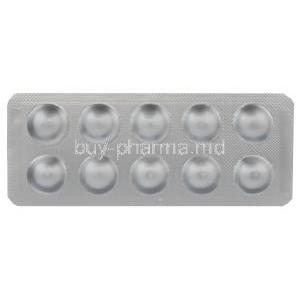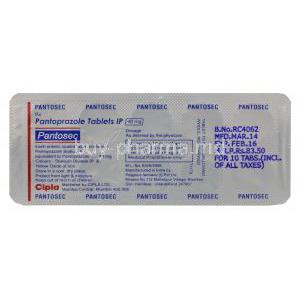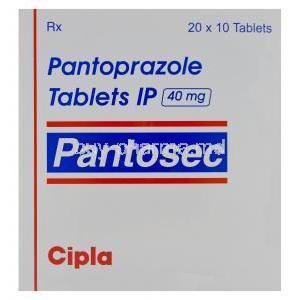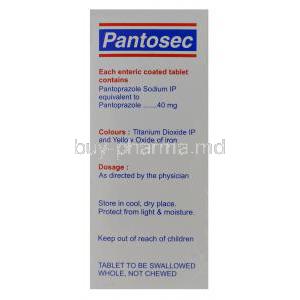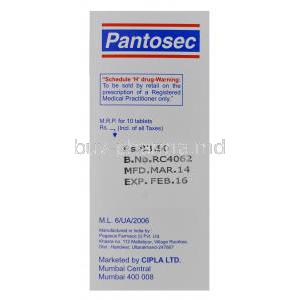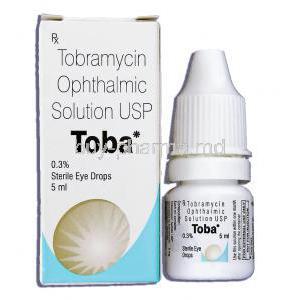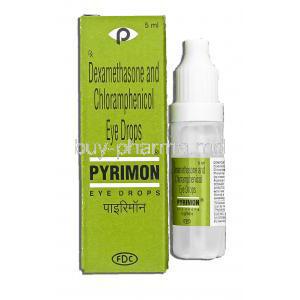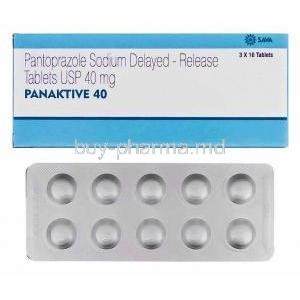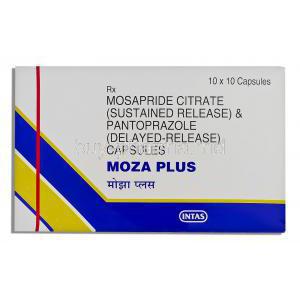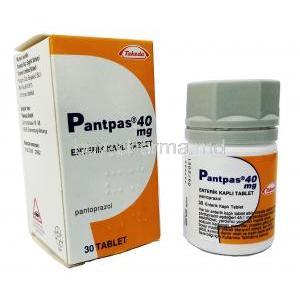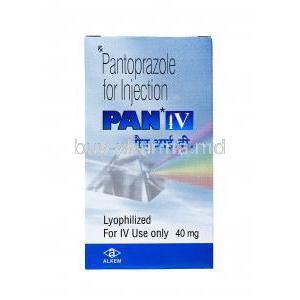Introduction
Pantosec, containing the active ingredient Pantoprazole, belongs to the therapeutic class of proton pump inhibitors (PPIs). It is widely prescribed for the treatment of acid-related gastrointestinal conditions by reducing stomach acid production at its source. Pantosec is formulated to provide sustained relief in patients suffering from disorders involving excessive gastric acid secretion.
The development of Pantoprazole marked a significant advancement in gastroenterology. Introduced in the 1990s, it was designed to offer improved acid control and a longer duration of action compared to earlier antacid therapies. The drug received FDA approval for the treatment of gastroesophageal reflux disease (GERD) and peptic ulcer disease and has since gained global recognition under various brand names including Protonix, Somac, and Pantoloc.
Its clinical significance lies in its ability to heal erosive esophagitis, prevent ulcer recurrence, and provide reliable protection for patients on chronic NSAID or corticosteroid therapy. Pantosec remains a cornerstone in the management of acid-peptic disorders worldwide.
Composition and Formulation
The active pharmaceutical ingredient in Pantosec is Pantoprazole sodium sesquihydrate. It functions as a selective and irreversible inhibitor of gastric acid secretion. The medication is available in several dosage forms designed for specific clinical requirements:
- Delayed-release tablets for oral administration
- Injectable formulations for intravenous use in hospitalized patients
- Oral granules and dispersible tablets for pediatric or dysphagic patients
Common strengths include 20 mg and 40 mg tablets. Inactive excipients often include mannitol, sodium carbonate, hydroxypropyl methylcellulose, and magnesium stearate. Pantoprazole is classified as a benzimidazole derivative, characterized by its unique chemical structure that enables targeted inhibition of the H+/K+-ATPase enzyme in gastric parietal cells.
Mechanism of Action: How Pantosec Works
Pantosec exerts its pharmacological effect by binding covalently to the proton pump (H+/K+-ATPase) located on the secretory surface of gastric parietal cells. This action effectively halts the final step in gastric acid production, irrespective of the stimulus—be it histamine, acetylcholine, or gastrin.
- It suppresses both basal and stimulated acid secretion.
- Restores mucosal equilibrium and promotes healing of acid-induced lesions.
- Produces a lasting effect for up to 24 hours after a single dose.
Compared with other PPIs such as omeprazole, lansoprazole, or rabeprazole, Pantoprazole demonstrates a higher chemical stability at neutral pH, contributing to its consistent pharmacokinetic profile and reduced drug interaction potential.
Clinical Uses and Indications
4.1 Approved Therapeutic Uses
- Treatment of gastroesophageal reflux disease (GERD) with or without erosive esophagitis
- Management of gastric and duodenal ulcers
- Maintenance therapy to prevent ulcer recurrence
- Treatment of Zollinger–Ellison syndrome and other hypersecretory conditions
4.2 Preventive Uses
- Prevention of NSAID-induced gastric ulcers in high-risk patients
- Prophylaxis during prolonged corticosteroid or stress therapy
4.3 Off-Label Uses
- Relief of functional dyspepsia and prevention of stress-related mucosal bleeding
- Adjunctive therapy in Helicobacter pylori eradication regimens
- Treatment of laryngopharyngeal reflux and chronic cough related to acid exposure
- Management of Barrett’s esophagus and postoperative acid control
Dosage and Administration
The standard adult dose of Pantosec varies with the indication and clinical response. For most acid-related disorders, the usual dose is 40 mg once daily before breakfast. In GERD and erosive esophagitis, a course of 4–8 weeks is typically sufficient, though maintenance therapy may be necessary for chronic conditions.
- GERD: 40 mg once daily for 8 weeks
- Duodenal ulcer: 40 mg daily for up to 4 weeks
- Zollinger–Ellison syndrome: Initial dose 40 mg twice daily, titrated as needed
For best results, Pantosec should be taken approximately 30–60 minutes before a meal. Dose tapering is recommended before discontinuation to prevent rebound acid hypersecretion.
Administration in Special Populations
6.1 Administration to Elderly Patients
Elderly individuals often exhibit slower drug metabolism and reduced organ function. Pantosec may be administered without adjustment in mild impairment; however, close monitoring of hepatic and renal parameters is advised to prevent accumulation or adverse events.
6.2 Administration to Pregnant and Nursing Women
Pantoprazole is classified as Category B for pregnancy, indicating no proven fetal risk in animal studies but limited human data. The drug passes in small amounts into breast milk, and its use should be justified only when the anticipated benefit outweighs potential risks. Medical consultation is strongly advised before use during pregnancy or lactation.
6.3 Administration to Children
In pediatric GERD, Pantosec is approved for use in children over 5 years of age. Typical dosing is weight-based (1 mg/kg/day, up to 40 mg). Clinical studies confirm safety in short-term use, though long-term effects require cautious evaluation.
Side Effects of Pantosec
7.1 Common Side Effects
- Headache and mild nausea
- Abdominal discomfort, flatulence, or bloating
- Diarrhea or constipation
- Dizziness and fatigue
7.2 Serious Adverse Reactions
- Electrolyte disturbances such as hypomagnesemia
- Increased risk of bone fractures with prolonged therapy
- Deficiency of vitamin B12 and iron absorption
- Renal complications including interstitial nephritis
- Severe allergic reactions or anaphylaxis
7.3 Long-Term Use Effects
Chronic suppression of gastric acid may lead to hypergastrinemia and parietal cell hyperplasia. Upon abrupt withdrawal, rebound acid hypersecretion can occur, producing transient dyspeptic symptoms. Gradual tapering mitigates these effects.
Drug Interactions
- Reduced absorption of pH-dependent drugs such as ketoconazole, itraconazole, and iron salts
- Decreased efficacy of antiretroviral drugs like atazanavir and nelfinavir
- Potential interactions with warfarin, digoxin, and methotrexate
- Spacing administration with other oral drugs to prevent absorption issues
Concomitant use with high-dose methotrexate should be avoided due to delayed clearance and toxicity risks. Physicians may adjust timing or dosage to minimize interactions.
Warnings and Precautions
- Long-term PPI therapy may result in micronutrient deficiencies (magnesium, calcium, vitamin B12)
- Prolonged use increases susceptibility to Clostridium difficile-associated diarrhea
- Periodic monitoring of hepatic enzymes is recommended in patients with liver disease
- Patients with unexplained weight loss or persistent vomiting should be evaluated to exclude malignancy before initiating treatment
Continuous reassessment of the need for ongoing therapy is vital to maintain safety and efficacy in chronic users of Pantosec.
Contraindications
Pantosec (Pantoprazole) must not be used in individuals with a known hypersensitivity to Pantoprazole itself or any other substituted benzimidazole derivatives. Hypersensitivity may manifest as urticaria, angioedema, or severe dermatologic reactions such as Stevens-Johnson syndrome.
Patients with a history of anaphylactic reactions or severe allergic responses to proton pump inhibitors (PPIs) are strictly contraindicated from receiving this medication. Cross-reactivity among PPIs has been reported, necessitating vigilant screening before initiation.
Use is also contraindicated in individuals diagnosed with atrophic gastritis, a condition characterized by mucosal thinning and reduced gastric glandular activity. In such cases, acid suppression may exacerbate mucosal degeneration and interfere with diagnostic evaluation for gastric malignancies.
Careful Administration and Monitoring
Certain patient populations require particular caution and continuous observation while under Pantosec therapy. The following groups merit additional attention:
- Patients with hepatic impairment: In cases of mild to moderate liver dysfunction, plasma concentrations of Pantoprazole may increase. Dose reduction or extended dosing intervals should be considered, alongside regular liver enzyme monitoring.
- Long-term NSAID users: Individuals on chronic or high-dose nonsteroidal anti-inflammatory drugs face a higher risk of ulcer formation. Pantosec should be co-prescribed judiciously to minimize gastrointestinal damage while avoiding unnecessary acid suppression.
- Concurrent corticosteroid, diuretic, or bisphosphonate therapy: These combinations elevate the likelihood of gastrointestinal and musculoskeletal side effects, particularly gastric bleeding and bone loss. Periodic assessment of calcium and magnesium levels is advised.
- Patients with osteoporosis or hypomagnesemia: Chronic PPI therapy can impair calcium absorption and reduce magnesium stores. Such patients benefit from bone density evaluations, magnesium supplementation, and periodic electrolyte checks.
Overdosage and Management
Overdosage of Pantosec is uncommon but may occur with accidental ingestion or therapeutic misjudgment. Clinical manifestations can include:
- Neurological disturbances such as confusion, headache, or drowsiness
- Cardiovascular effects like tachycardia or palpitations
- Gastrointestinal symptoms including nausea or abdominal discomfort
Treatment is primarily supportive and symptomatic, as there is no specific antidote for Pantoprazole. Vital parameters should be continuously monitored, and electrolyte balance maintained. Activated charcoal may be administered in recent ingestions to reduce absorption. Dialysis is ineffective due to high plasma protein binding, hence supportive care remains the cornerstone of management.
Handling and Storage Precautions
Proper storage and handling are essential to preserve the efficacy and safety of Pantosec. It should be stored at a temperature between 20°C and 25°C, away from excessive heat, moisture, and direct sunlight. Humidity can degrade the delayed-release coating, compromising drug stability.
- Blister packs should remain sealed until use to prevent air exposure.
- Injection vials must be stored in their original packaging and reconstituted immediately prior to administration.
- Expired or unused medication should be safely discarded according to pharmaceutical waste guidelines to prevent environmental contamination.
Always keep the medication out of reach of children and pets to prevent accidental ingestion.
Important Precautions in Clinical Practice
For optimal therapeutic outcomes and to minimize potential complications, healthcare professionals should observe several key precautions when administering Pantosec:
- Avoid abrupt discontinuation: Sudden withdrawal after long-term use can cause rebound acid hypersecretion, leading to renewed dyspeptic symptoms. Gradual dose tapering is recommended.
- Missed doses: If a dose is forgotten, it should be taken as soon as possible. However, double dosing to compensate for a missed one should be avoided.
- Adherence: Regular adherence ensures consistent acid suppression and enhances mucosal healing, especially in chronic GERD and ulcer cases.
- Medical supervision: Prolonged or recurrent therapy requires routine clinical monitoring to assess the need for continuation and to identify possible adverse metabolic or gastrointestinal effects early.
Comprehensive patient education, periodic review of therapy, and appropriate diagnostic evaluation remain vital components of responsible PPI administration in clinical settings.

